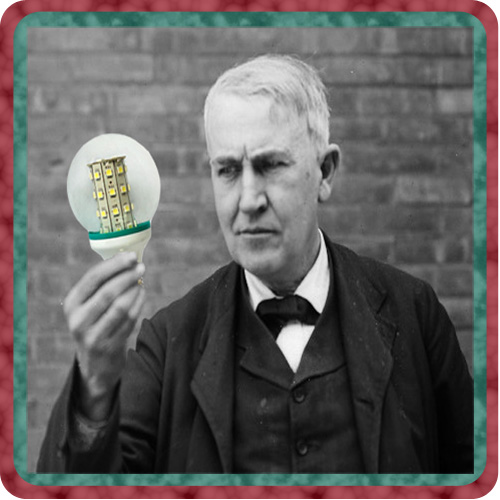
Creating and Innovating
WHAT DOES IT MEAN?
Generating new and novel ideas, thinking in original ways. Being creative, imaginative and inventive. Trying unique solutions. Taking a good idea and making it great. Seeing the potential in an idea and turning it into something special.
WHY DOES IT MATTER?
Creativity is one of the most desired skills for success. Being able to develop new ideas that solve problems better than what we have done in the past is essential for all our futures. Our ability to imagine and create a better world is what makes humans unique.
WHEN SHOULD YOU USE IT?
Whenever the opportunity to think differently arises. When problem solving, when designing, when creating, when you are asked to use your imagination, whenever you have the chance to show a little of what makes you a unique individual.
AN EXAMPLE:
By tying thousands of balloons to his home, 78-year-old Carl sets out to fulfil his lifelong dream to see the wilds of South America. In this scene from Disney Pixar's 'Up' the spirit of creating and innovating is uplifting and moving in very real ways. It was such an inspiring idea it was copied in real life.
5 TOP STRATEGIES:
- Let your imagination run wild every now and then, but keep track of its ideas and make use of the best ones.
- First think of the obvious solutions, write them down and then discard them, now you are in the realm of the new ideas, the creative and different.
- Train your mind to think differently. Consider everyday things and imagine how they could be improved with a few modifications. Add something, make a part larger, replace a part with something else, combine one every day object with another.
- Keep a journal of your ideas and reflect on it often.
- Remember Edison's advice, 'Genius is one percent inspiration and ninety-nine percent perspiration'. Work at making your ideas great and then work harder to turn them into that thing that changes the world.
5 QUESTIONS TO ASK ABOUT YOUR THINKING:
- How can you transform a good idea into a truly unique idea?
- What inspires you? What do you find exciting? That is your starting point, now innovate.
- What habits of thinking have you developed? Identify the habits that are limiting your creativity and make changes.
- Reflect on the thinking that results in your best ideas, this is the key to repeating it.
- How will you evaluate the benefits of your idea?
THINKING ROUTINES FOR Creating and Innovating
- Options Explosion - Begin by listing the obvious solutions or Options. Now brainstorm all the other options, generate as many options as you can, combine ideas to create more, allow your creativity to run wild and tap into your sense of wonderment and awe. Review the list of options and identify the ones that are most intriguing. Use the ideas generated to consider new possibilities and new solutions.
- Creative Questions - A good routine for developing ideas and for training your mind to think differently. Use it to generate creative questions to explore by following these steps:
- Pick an everyday object or topic and brainstorm a list of questions about it. Transform some of these questions in imaginative questions such as:
- What would it be like if . . .
- How would it be different if . . .
- Suppose that . . .
- What would change if . . .
- How would it look different if . . .
- Select a question to imaginatively explore. Write a story, draw a picture, invent a scenario, conduct a thought experiment or dramatise a scenario
- Reflect on your thinking and the new ideas you have generated. Develop those which seem most useful.
- Pick an everyday object or topic and brainstorm a list of questions about it. Transform some of these questions in imaginative questions such as:
- Does it Fit? - A strategy for evaluating options by applying clear criteria. As you apply each criteria keep the ideas that are consistently the best fit. Does the option Fit the ideal Solution? Does the option Fit the Criteria? Does the option Fit the Situation? Does the option Fit you Personally?

